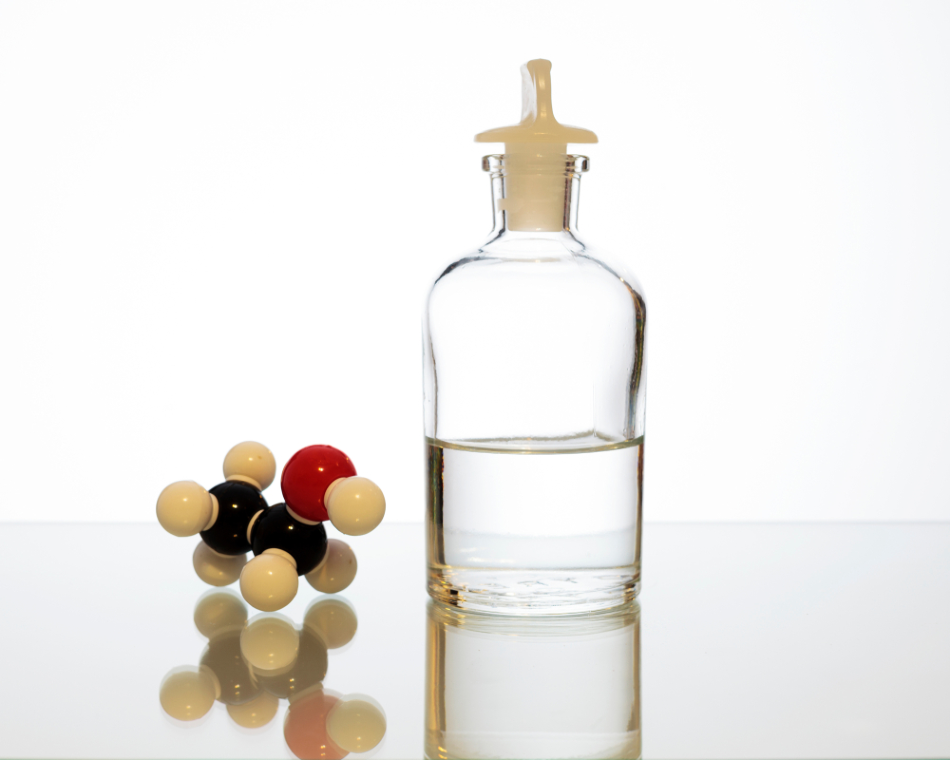Jan 16 2008

Image Credit: ggw/Shutterstock.com
Article updated on 03/03/20 by Jo Finchen-Parsons
Using concentrated solar energy to reverse combustion, a research team from Sandia National Laboratories has built a prototype device intended to chemically “reenergize” carbon dioxide into carbon monoxide using concentrated solar power. The carbon monoxide could then be used to make hydrogen or serve as a building block to sustainably synthesize a liquid combustible fuel, such as methanol, gasoline, diesel, and jet fuel.
The Counter Rotating Ring Receiver Reactor Recuperator
The prototype device, called the Counter Rotating Ring Receiver Reactor Recuperator (CR5 for short), breaks a carbon-oxygen bond in the carbon dioxide to form carbon monoxide and oxygen in two distinct steps. It is a major step in an approach to convert carbon dioxide into fuel using sunlight.
Liquid Solar Fuel
The Sandia research team calls this approach “Sunshine to Petrol” (S2P). “Liquid Solar Fuel” is the product — the methanol, gasoline, or other liquid fuel made from water and the carbon monoxide produced using solar energy.
Sandia is a National Nuclear Security Administration (NNSA) laboratory.
CR5 inventor Rich Diver says the original idea for the device was to break down water into hydrogen and oxygen, the hydrogen could then fuel a potential hydrogen economy.
CR5 to Break Down Carbon Dioxide
The Sandia researchers came up with the idea to use the CR5 to break down carbon dioxide, just as it would water. The team has proven the concept works with their prototype, which is now in testing at the National Solar Thermal Test Facility. Their prototype uses concentrated solar energy to reenergize carbon dioxide or water, the products of combustion. This forms carbon monoxide, hydrogen, and oxygen, which ultimately could be used to synthesize liquid fuels in an integrated S2P system.
Co-researchers on the project are Jim E. Miller and Nathan Siegel. The project champion is Ellen B. Stechel, manager of Sandia’s Fuels and Energy Transitions Department.
Stechel says that researchers have known for a long time that theoretically, it might be possible to recycle carbon dioxide, but many thought it could not be made practical, either technically or economically.
Hence, it has not been pursued with much vigor. Not only did we think it was possible, the team has developed a prototype that they fully anticipate will successfully break down carbon dioxide in a clever and viable two-step process.
Ellen B. Stechel, Manager, Fuels and Energy Transitions Department, Sandia National Laboratories
Stechel notes that one driver for the invention is the need to reduce greenhouse gases.
Recycling Carbon Dioxide into Fuels
This invention, though probably a good 15 to 20 years away from being on the market, holds a real promise of being able to reduce carbon dioxide emissions while preserving options to keep using fuels we know and love. Recycling carbon dioxide into fuels provides an attractive alternative to burying it.
Ellen B. Stechel, Manager, Fuels and Energy Transitions Department, Sandia National Laboratories
Providing funding for Sunshine to Petrol is Sandia’s internal Laboratory Directed Research and Development (LDRD) program. The research has also attracted interest and some funding from DoD/DARPA (Defense Advanced Research Projects Agency).
“What’s exciting about this invention is that it will result in fossil fuels being used at least twice, meaning less carbon dioxide being put into the atmosphere and a reduction of the rate that fossil fuels are pulled out of the ground,” Diver says.
As an example, he says coal would be burned at a clean coal power plant. The carbon dioxide from the burning of the coal would be captured and reduced to carbon monoxide in the CR5, it would then be the starting point of making gasoline, jet fuel, methanol, or almost any type of liquid fuel.
Prospect of a Liquid Fuel
The prospect of liquid fuel is significant because it fits in with the current gasoline and oil infrastructure. After the synthesized fuel is made from the carbon monoxide, it could be transported through a pipeline or put in a truck and hauled to a gas station, just like gasoline refined from petroleum is now. Plus, it would work in ordinary gasoline and diesel engine vehicles.
Miller says that while the first step would be to capture the carbon dioxide from sources where it is concentrated — e.g. power plants, smokestacks, and breweries — the goal would be to snatch it out of the air. An S2P system that includes atmospheric carbon dioxide capture could produce carbon-neutral liquid fuels.
Our overall objective with this prototype is to demonstrate the practicality of the CR5 concept and to determine how test results from small-scale testing can be expanded to work in real devices. The design is conservative compared to what might eventually be developed.
Jim E. Miller, Project Co-Researcher
Diver hand-built the precision device in a shop at Sandia’s National Solar Thermal Test Facility. The initial tests broke down water into hydrogen and oxygen, then further tests similarly broke down carbon dioxide to carbon monoxide and oxygen.
Besides having a completed prototype, the research team had already proven that the chemistry works repeatedly through multiple cycles without losing performance and on a short enough cycle time for a practical device.
“We just now have to do it all in one continuous working device,” Siegel says.